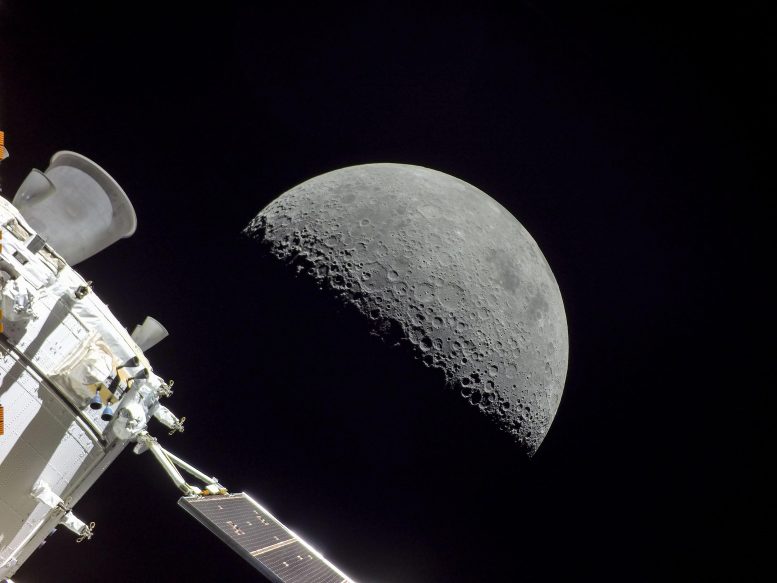
On flight day 20 of the Artemis I mission, Orion captured the Moon on the day of return powered flyby. The burn, which lasted 3 minutes, 27 seconds, committed the spacecraft to a December 11 splashdown. Credit: NASA
On Flight Day 21 of the Artemis I mission, Orion exited the lunar sphere of gravitational influence. It occurred at 1:29 a.m. CST on Tuesday, December 6, marked the last time this will happen on the Artemis I mission. This was less than a day after completing the return powered flyby burn that put the spacecraft on course for splashdown Sunday, December 11. Earth’s force of gravity is now the primary gravitational force acting on the spacecraft.
Orion successfully performed the fourth return trajectory correction burn at 4:43 a.m. using the reaction control system thrusters. The burn lasted 5.7 seconds and changed the velocity of the spacecraft by 0.6 feet per second.
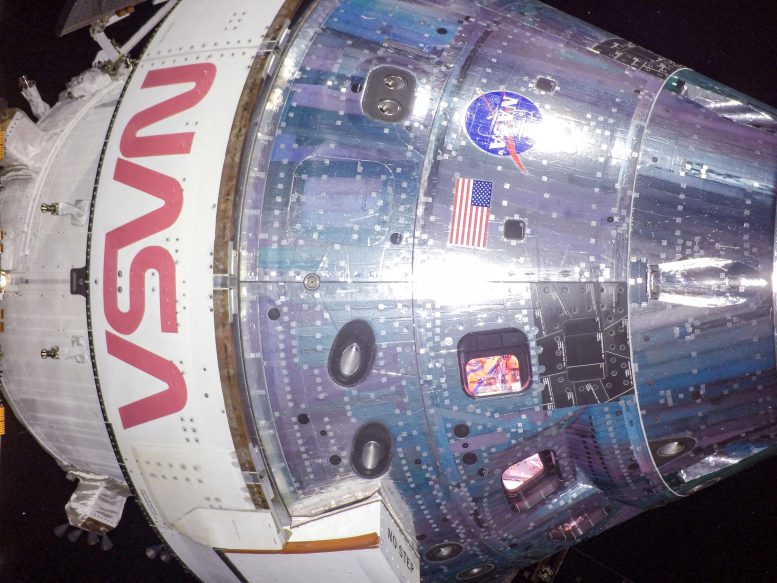
Solar array-mounted cameras capture close-up images of NASA s Orion Command Module and European Service Module on the 20th day of the Artemis I mission Windows on the Orion capsule offer a glimpse of Commander Moonikin Campos a manikin equipped with sensors measuring radiation acceleration and vibration data throughout the mission. Credit: NASA
Flight controllers used Orion’s cameras to inspect the crew module thermal protection system and European Service Module, the second of three planned external spacecraft inspections. Teams conducted this survey early in the mission to provide detailed images of the spacecraft’s external surfaces after it had flown through the portion of Earth’s orbit containing the majority of space debris, and teams reported no concerns after reviewing the imagery. This second inspection during the return phase is being used to assess the overall condition of the spacecraft several days before re-entry.
During both inspections, the Integrated Communications Officer, or INCO, commanded cameras on the four solar array wings to take a series of still images. Engineers and flight controllers at NASA’s Johnson Space Center in Houston will review the imagery over the coming days. A final photographic survey will be conducted Friday as Orion continues its journey home.
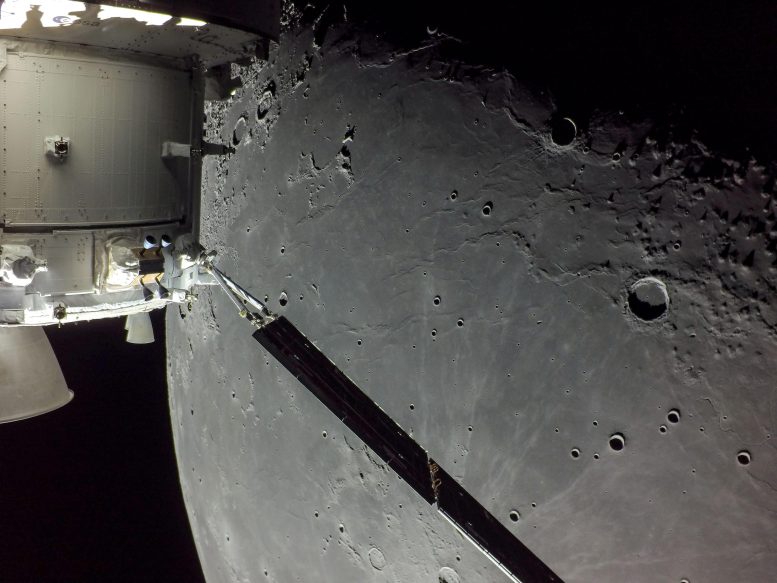
A portion of the far side of the Moon looms large just beyond the Orion spacecraft in this image taken on the 20th day of the Artemis I mission by a camera on the tip of one of Orion’s solar arrays. The return powered flyby burn committed Orion to a return to Earth trajectory ahead of a splashdown off the coast of California on December 11. At its closest point, Orion flew within 80 miles of the lunar surface. Credit: NASA
Teams responsible for recovering Orion after its splashdown are continuing preparations ahead of the December 11 splashdown off the coast of California. The mission management team will determine the landing site location Thursday, December 8. Listen to NASA’s Artemis I recovery director, Melissa Jones, talk about what it takes to fetch the Orion spacecraft from the Pacific Ocean at the end of the mission on “Houston We Have a Podcast.”
Just after 5:30 p.m. on December 6, Orion was traveling 244,000 miles (393,000 km) from Earth and about 79,000 miles (127,000 lkm) from the Moon, cruising at 500 miles per hour (800 km per hour).



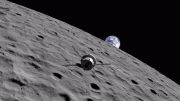
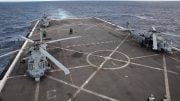
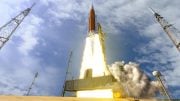

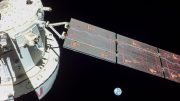
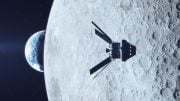
Be the first to comment on "NASA Artemis I – Flight Day 21: Orion Spacecraft Leaves Lunar Sphere of Influence, Heads for Home"